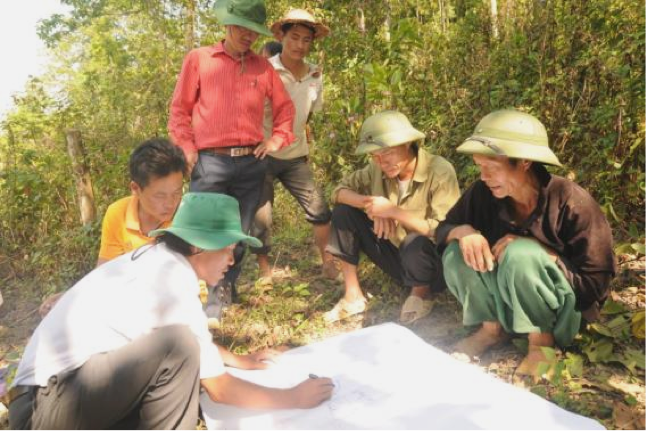
Inconsistencies in forestland mapping in upland indigenous ethnic minority communities in Vietnam
Microsoft Word - file_.doc
It is a paradox that in the midland and mountainous areas (i.e. Northern mountains and midlands, Central Highland, North Central and Central Coast) where most of the forest and forestland is, the ratio of indigenous ethnic minority populations who face the most difficulties remains highest. As of 9 May 2012, Vietnam had about 326,909 poor indigenous ethnic minority families in mountainous areas that do not have enough residential and production land. This number is nearly equal with that which required investments at the beginning of policy implementation (2002-2008)3. According to statistics of the Ministry of Labor, Invalids and Social Affairs, by the end of 2006, most of the 62 poorest districts of the country are in the mountainous border regions. The poverty rate here is 3.5 times higher than the national average. Populations in these poor districts are 2.4 million, of which 90 percent are ethnic minority households.
In this article, I will review and analyze the results of field studies and assessment of forestland management and use, as a basis for forest allocation associated forestland allotment under the Joint Circular 07/2011/TTLT-MARD & MONRE in the H’mong community in Lung San village, Lung Sui commune, Simacai district, Lao Cai province of Vietnam.
 Cart
Cart  Checkout
Checkout